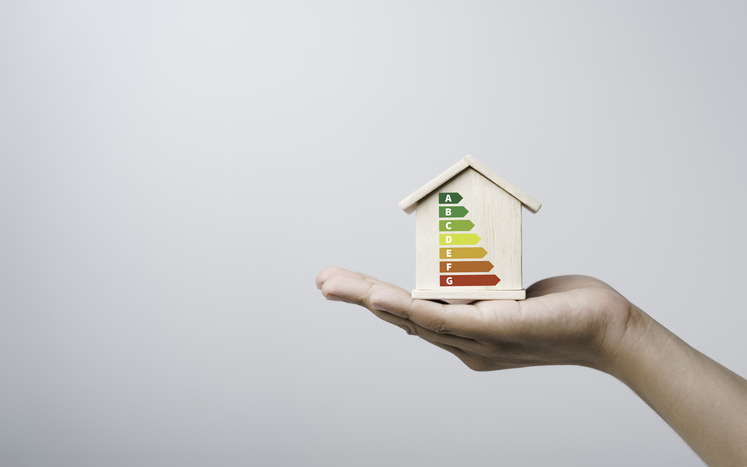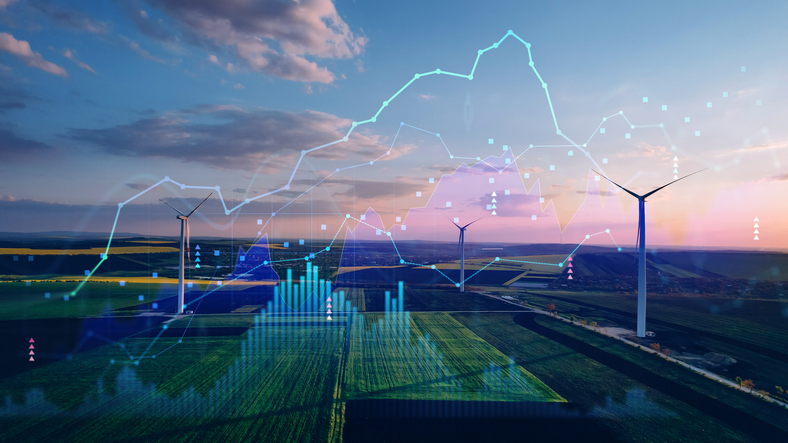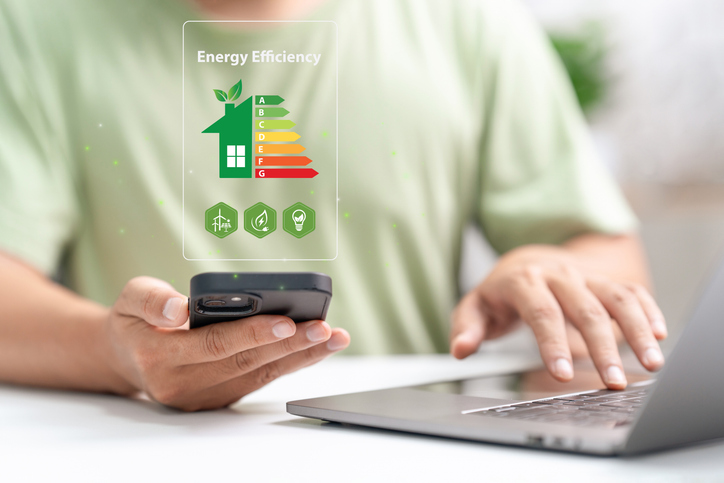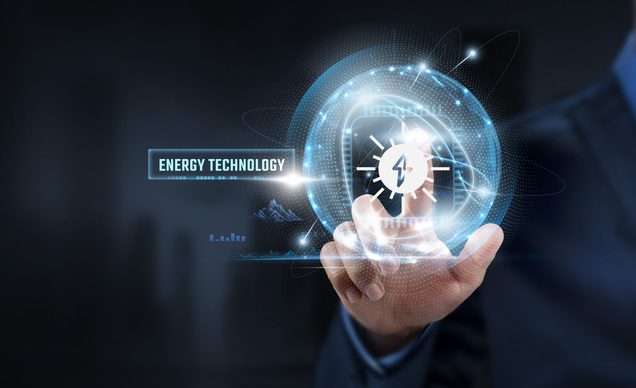
Before any sensors are installed, data captured, or dashboards launched, there’s a vital first step in the journey to energy efficiency: the site survey.
For businesses looking to reduce energy consumption, meet regulatory requirements, and achieve long-term carbon goals, a properly scoped and professionally executed energy management site survey is essential. At Elcomponent, this process forms the foundation of every energy management system (EMS) we design and install—whether for a single building or a multi-site operation.
Here’s what it involves, and why it matters.
Understanding the Purpose of the Site Survey
The site survey is more than just a walkaround. It’s a structured, data-led assessment that allows Elcomponent’s engineers to fully understand your energy infrastructure, building layout, operational routines, and energy usage patterns.
The goal? To design a system that gives you the most accurate, reliable, and useful data—so you can monitor, manage and optimise energy use with confidence.
What Does an Energy Management Site Survey Involve?
1. Mapping the Electrical Infrastructure
The first step is gaining a clear picture of how energy flows through your site. This means identifying:
• Incoming supply points and utility meters
• Main distribution boards (MDBs) and sub-distribution boards
• Key circuits, zones, or systems with significant energy draw
• Control panels and existing BMS (Building Management System) interfaces, if applicable
Elcomponent’s engineers will trace how your electricity, gas and (where relevant) water are distributed throughout the building(s), identifying the best points for sub-metering and real-time monitoring.
This mapping process is crucial—it ensures sensors are positioned where they will provide meaningful, actionable insights, not just redundant data.
2. Identifying High-Load and Critical Equipment
Next, we identify the systems and equipment that use the most energy—whether it’s a production line, HVAC system, commercial refrigeration unit, or lighting network.
Understanding where your biggest energy costs come from helps prioritise monitoring points. For example, if a large warehouse’s lighting makes up a disproportionate part of its energy bill, we’ll recommend installing sensors that track lighting zones and time-of-use patterns.
We also account for operational timing, noting whether your site runs 24/7, operates on shifts, or has irregular working hours that may affect energy demand.
3. Reviewing Site Layout and Physical Constraints
Unlike office installations, factories and industrial sites come with challenges: steel structures, machinery vibrations, high ceilings, remote areas, or sensitive environments. During the site survey, Elcomponent identifies these physical constraints and uses them to determine:
• The number and location of LoRaWAN gateways required for full coverage
• Where sensors can be mounted safely and accessibly
• Cabling routes or points of power supply (for any hardwired components)
• Wi-Fi, 4G, or ethernet availability for data transmission
In short, we assess how to install the EMS with minimal disruption to operations, while ensuring maximum performance and longevity.
4. Assessing Existing Metering and Systems
If your site already has some level of metering, we won’t duplicate it—we’ll assess how to integrate or upgrade what’s already in place.
That might mean:
• Incorporating existing meters into a new central dashboard
• Replacing outdated or incompatible sensors
• Adding pulse output devices or CT clamps to extract data from analogue meters
• Linking with your existing BMS for a seamless user experience
We also evaluate the best method for data retrieval and platform access—whether that’s cloud-based reporting, direct data push, or API integration into your own systems.
5. Establishing Reporting and Insight Goals
Not all clients want the same thing from an EMS. Some need high-level performance dashboards for board reports. Others want real-time alerts to drive operational changes. During the site survey, Elcomponent’s team works with your energy, estates or facilities teams to understand your:
• Compliance requirements (e.g. SECR, ESOS)
• ESG or CSR goals
• Budget parameters
• Preferences for reporting detail, frequency and delivery
This ensures the system we install isn’t just technically sound—it’s genuinely useful for your business.
What Happens Next?
Once the survey is complete, Elcomponent provides:
• A detailed technical proposal outlining the EMS design
• A sensor and gateway specification
• A roll-out plan and timeline for installation
• Optional services such as commissioning, training, and ongoing support
Because the survey is rooted in practical understanding—tailored to your site, your operations, and your goals—it leads to an EMS that’s accurate, scalable, and cost-effective from day one.
Why Elcomponent?
With over 40 years in the energy management sector, Elcomponent understands how to design infrastructure that performs. Our surveys are carried out by expert engineers—not just sales consultants—ensuring every system we install is technically viable, compliant with industry standards, and aligned with your business objectives.
From factories and logistics centres to offices and education campuses, we’ve helped hundreds of UK organisations gain clarity on energy use, take control of their data, and make measurable progress toward their carbon goals.
Ready to get started? Book a site survey with Elcomponent and take the first step towards smarter energy management.









